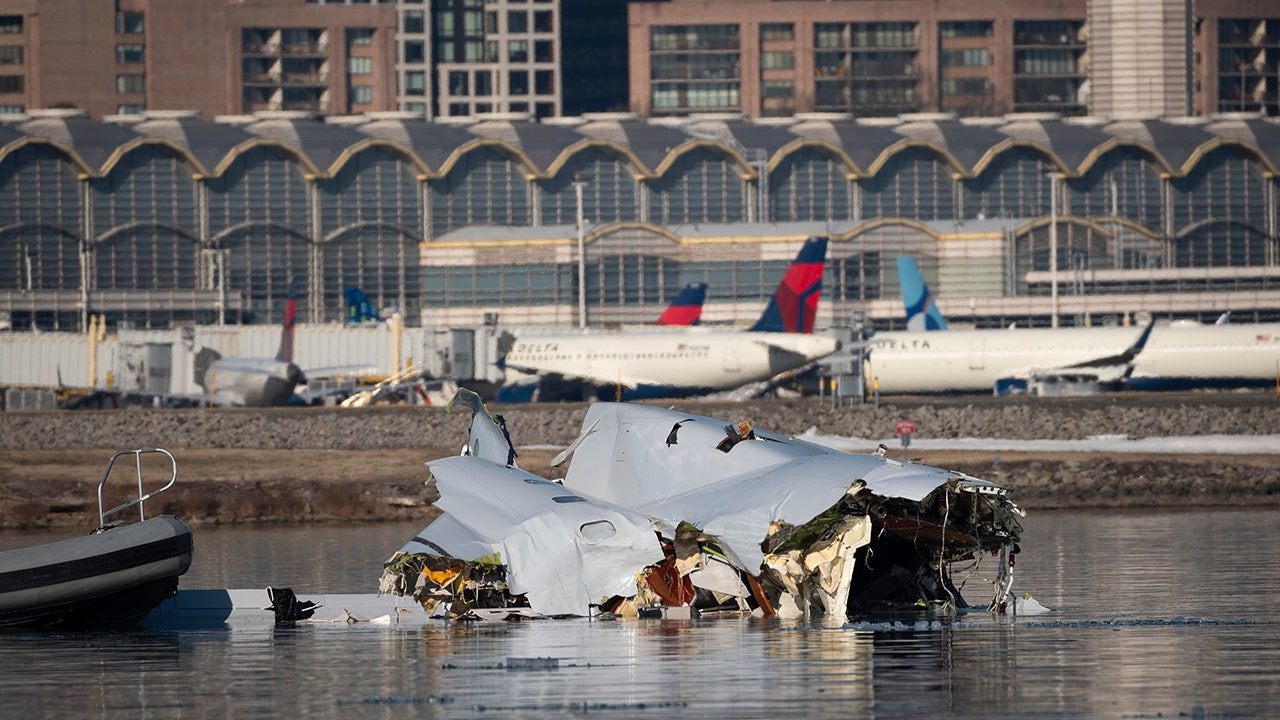United States
Plane crashes spark renewed fear of flying: 10 causes of aviation disasters

In recent weeks, the United States has witnessed a series of tragic aviation incidents, raising concerns among the public about the safety of air travel. An expert, however, assures us that flying remains one of the safest modes of transportation. Despite the clustering of these accidents, the data and expert opinions suggest that the likelihood of such events is extremely low, and the aviation industry is actively working to further enhance safety measures.
The series of accidents began with the deadliest aviation disaster in the U.S. in 24 years, involving a midair collision between an Army Black Hawk helicopter and an American Airlines passenger plane near Washington, D.C., resulting in the loss of 67 lives. Just days later, a medevac plane carrying a young girl, her mother, and four crew members crashed near Philadelphia, claiming the lives of all aboard and one bystander. Another tragedy unfolded off the coast of Alaska when a commuter plane carrying 10 people disappeared and was later found wrecked, with no survivors. These incidents have understandably sparked fear and anxiety among potential travelers.
Mike Boyd, an aviation consultant, emphasizes that while human and systemic errors do occur, they are increasingly rare and promptly addressed. He reassures the public that the aviation industry is committed to safety, pointing out that the recent tragedies, while devastating, do not indicate a broader safety crisis. The Federal Aviation Administration (FAA) has identified common factors contributing to accidents, such as inadequate preflight preparation and failure to maintain control, underscoring the importance of continuous training and vigilance.
The FAA distinguishes between commercial and general aviation, highlighting that commercial airlines operate under stricter safety regulations and oversight. Despite this, both sectors maintain high safety standards, though their utilization differs significantly. Commercial planes, which fly more frequently, are subject to rigorous checks, while private planes, which fly less often, must also adhere to stringent safety protocols. This dichotomy ensures that safety remains a priority across all aviation sectors.
The role of air traffic control came under scrutiny following the Washington, D.C., collision, where staffing issues were noted. The FAA has acknowledged the need to modernize its systems and improve staffing practices to prevent future incidents. Transportation Secretary Sean Duffy has emphasized that while the current system is safe, there is room for enhancement to align with advancing technologies.
In conclusion, while recent events are troubling, the data and expert insights affirm that air travel remains exceptionally safe. The aviation industry is dedicated to learning from each incident and implementing measures to prevent future tragedies. As one expert wisely noted, flying is far safer than driving, and travelers should feel confident in continuing to explore the skies.